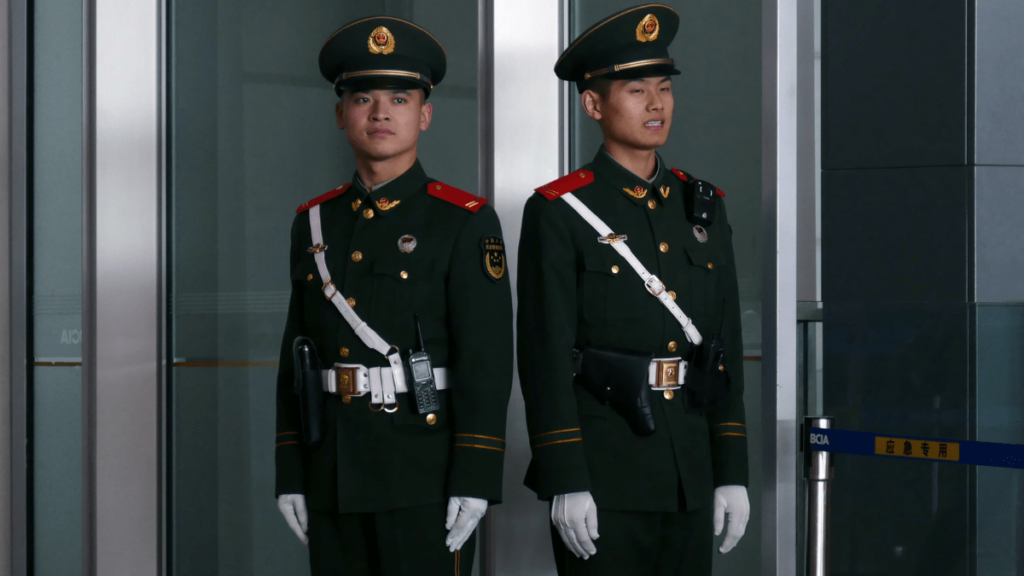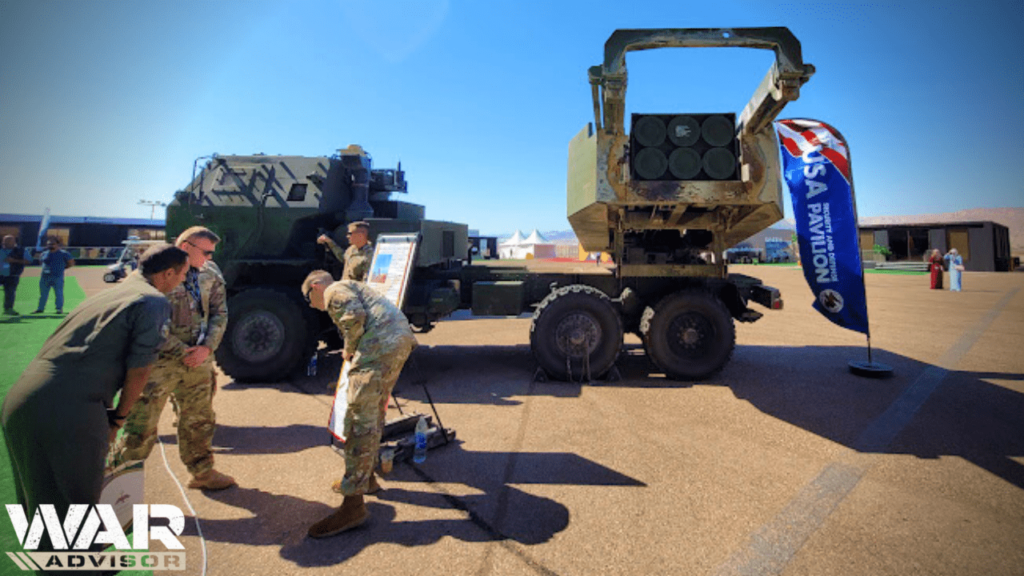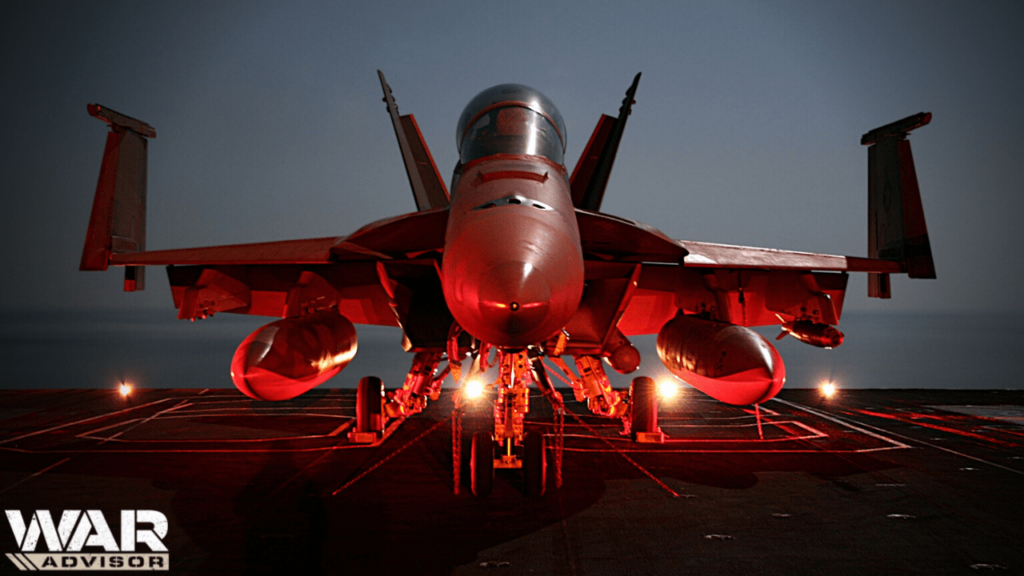As the last vestiges of the Cold War have fallen away and it’s become increasingly apparent that the old Russo-American rivalry is no longer the defining global conflict, experts have increasingly turned their gaze towards the world’s newest de facto superpower – the sleeping dragon of the PRC along with the increasingly worrying prospect of a war with China.
In the 21st century, it’s become increasingly obvious that the PRC is now the largest and most concrete threat in the world to US primacy.
Despite being somewhat slowed by Covid, it remains an economic and military powerhouse – if one that is nowhere near as battle-hardened as the USA.
”The question might be whether startling the dragon out of sleep is not better than giving it time to wake up on its own.”
There has been a great deal of speculation, given recent friction between the two nations, of who would prevail in any kind of direct conflict between the United States and the People’s Republic of China.
The US has the experience and – for now – the numbers. But China has grown in military might in the past 70 or so years, and it seems unlikely that this is going to slow anytime soon.
This brings us to the question: what would a US-China war look like? What form would it be likely to take? And who would be the ultimate victor in any such conflict?
Let’s take a look at this most compelling of hypothetical scenarios and, most importantly, who would win in a war with China.
Who Has the Bigger Defense Budget?
Firstly, it’s instructive to think about the amount each country spends on its defense budget. This will give us a solid idea of how their military capacities are likely to expand in the future.

In 2020, the USA spent a whopping $714bn on its defense budget. In comparison, China spent around $213bn.
In a simple numbers game, it seems simple enough – the US’s military spending vastly outstrips China’s. Logic follows that the US would easily win any conflict.
However, it’s important to take into account the broader geopolitical picture. The PRC’s military activities are largely limited to its immediate vicinity – that is to say, East Asia.
The US, meanwhile, has a much larger global presence, with military bases and activity stretched across the globe from Japan to North Africa and its home soil.
That means that, in any war, the US would only be able to bring a fraction of its military might to bear on the PRC.
A final point to bear is that the notoriously opaque PRC is not exactly forthcoming about its military expenditure, and the figure given above is only an estimate.
Who knows how much China is actually spending on defense?
Naval Capabilities
By the numbers, China has the larger war fleet when it comes to naval firepower. As of 2023, the PLAN (People’s Liberation Army Navy) has a fleet of approximately 623 ships – which vastly outnumbers the US Navy’s 480, only 290 of which are immediately deployable (as of 2019).
However, the US Navy has been in this game for much longer than the PLAN, and not only are they more experienced, but their ships are larger and more technologically advanced.
They also have an incredibly sophisticated communications network honed across many years of hands-on experience in conflicts across the world, making the US Navy a formidable opponent even when significantly outnumbered.
It comes down, then, to a question of quantity or quality. But assuming that a conflict was to happen in East Asia (an area to which China historically confines itself in matters of war), then China would likely have the advantage.
From a logistical point of view, the PLAN would find it far easier to refuel, rearm and conduct repairs than the Americans, who would be far from home and, even with their local bases, would struggle against the entrenched Chinese naval forces.
The Military Allies of the United States vs China
No war is an island in the 21st century, and what affects one nation invariably affects many, many others.

With that in mind, any conflict between the world’s two greatest powers would inevitably see a network of friends and allies drawn into the conflict on one side or the other.
The US, on paper, enjoys far more allies than China. With Japan, Australia, Singapore, South Korea, and potentially India on its side, it would be able to call upon a very robust network of friends in Asia to support its war on China.
“Let China Sleep, for when she wakes, she will shake the world”
– Napoleon Bonaparte.
China, on the other hand, counts among its friends Pakistan, Iran, and the Philippines (Duterte, who is ostensibly an ally of America, frequently takes China’s side in any Sino-American dispute).
But most importantly, China counts among its closest allied countries the bear to its north – the Russian Federation.
Russia is obviously embroiled in its own conflict in 2023, and if any war were to take place between China and the US alongside that one, then the odds would be stacked against the former.
However, if Russia were able to lend its considerable military might to China, then any war would be far from a foregone conclusion.
Technological Capability
As War Advisor’s recent trip to the biannual SOFEX Conference in Jordan showed, the US is undoubtedly winning the technology war.

From military satellites to combat drones and cyberwarfare capabilities, there’s no question that the US overshadows China in every conceivable technological arena.
That said, China is rapidly closing the distance. Its powerhouse of an economy (a state-controlled economy, by the way, which makes it much easier for them to reallocate their funds as and when needed) means that it’s making huge advances in AI, ballistic missile capabilities, and things like quantum computing (which are likely to completely revolutionize computing as we know it).
War With China: The Sleeping Dragon
As things stand in the current climate, a war between China and the US would likely result in a victory for the latter.

However, each passing year narrows the gap between the two, and it’s possible that in 5-10 years, the PRC could tip the balance and become the world’s greatest military power. If that happens, we could be looking at a very different outcome.
To paraphrase Napoleon, China is a sleeping dragon that is best not woken. But for the US, the question might be whether startling the dragon out of sleep is not better than giving it time to wake up on its own.

